Description
Working with the circuitry of the brain to restore emotional health and well-being.
Neurofeedback, a type of “brain training” that allows us to see and change the patterns of our brain, has existed for over 40 years with applications as wide-ranging as the treatment of epilepsy, migraines, and chronic pain to performance enhancement in sports.
Today, leading brain researchers and clinicians, interested in what the brain can tell us about mental health and well being, are also taking notice. Indeed, the brain’s circuitry—its very frequencies and rhythmic oscillations—reveals much about its role in our emotional stability and resilience. Neurofeedback allows clinicians to guide their, clients as they learn to transform brain-wave patterns, providing a new window into how we view and treat mental illness.
In this cutting-edge book, experienced clinician Sebern Fisher keenly demonstrates neurofeedback’s profound ability to help treat one of the most intractable mental health concerns of our time: severe childhood abuse, neglect, or abandonment, otherwise known as developmental trauma.
When an attachment rupture occurs between a child and her or his primary caregiver, a tangle of complicated symptoms can set in: severe emotional dysregulation, chronic dissociation, self-destructive behaviors, social isolation, rage, and fear. Until now, few reliable therapies existed to combat developmental trauma. But as the author so eloquently presents in this book, by focusing on a client’s brain-wave patterns and “training” them to operate at different frequencies, the rhythms of the brain, body, and mind are normalized, attention stabilizes, fear subsides, and, with persistent, dedicated training, regulation sets in.
A mix of fundamental theory and nuts-and-bolts practice, the book delivers a carefully articulated and accessible look at the mind and brain in developmental trauma, what a “trauma identity” looks like, and how neurofeedback can be used to retrain the brain, thereby fostering a healthier, more stable state of mind. Essential clinical skills are also fully covered, including how to introduce the idea of neurofeedback to clients, how to combine it with traditional psychotherapy, and how to perform assessments.
In his foreword to the book, internationally recognized trauma expert Bessel van der Kolk, MD, praises Fisher as “an immensely experienced neurofeedback practitioner [and] the right person to teach us how to integrate it into clinical practice.” Filled with illuminating client stories, powerful clinical insights, and plenty of clinical “how to,” she accomplishes just that, offering readers a compelling look at exactly how this innovative model can be used to engage the brain to find peace and to heal.

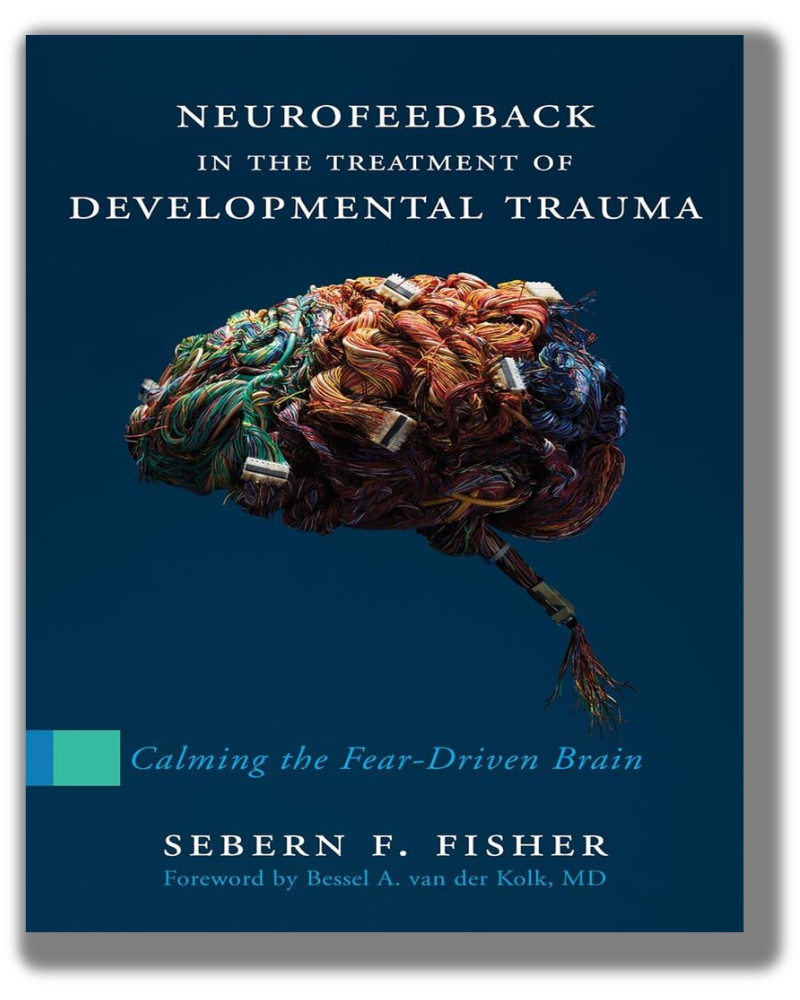

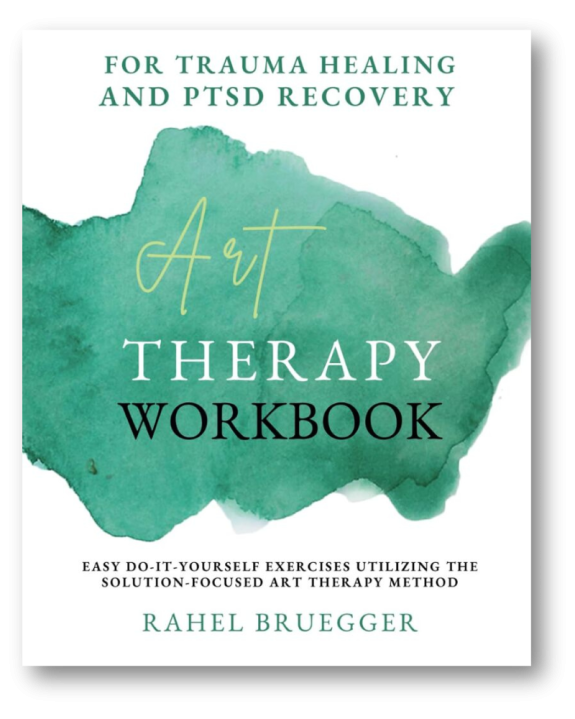

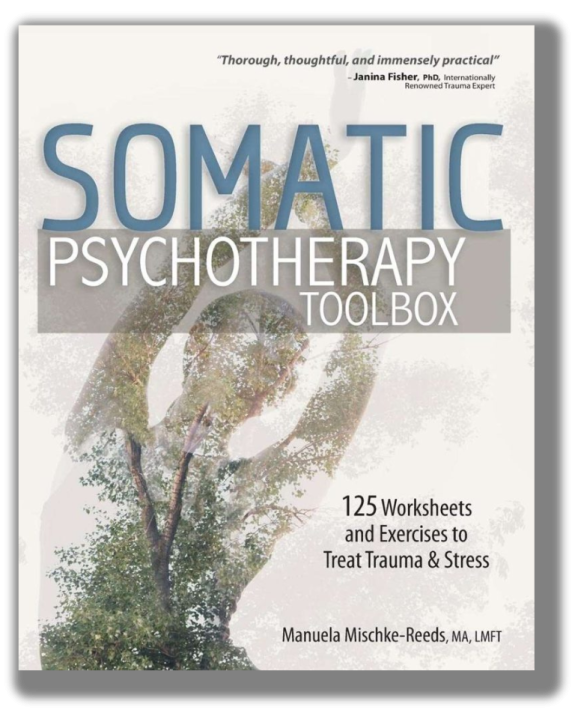
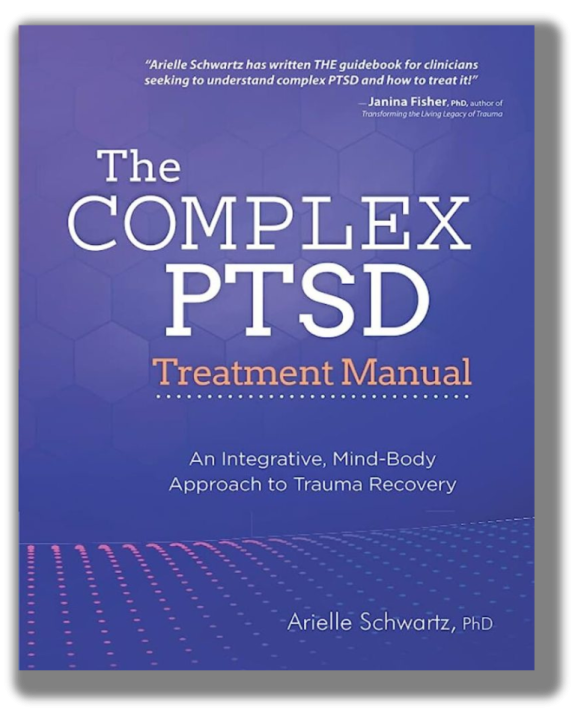

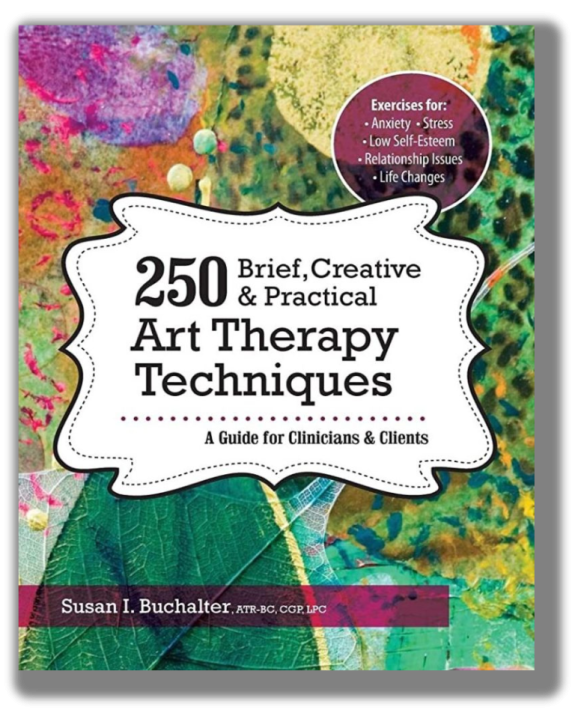
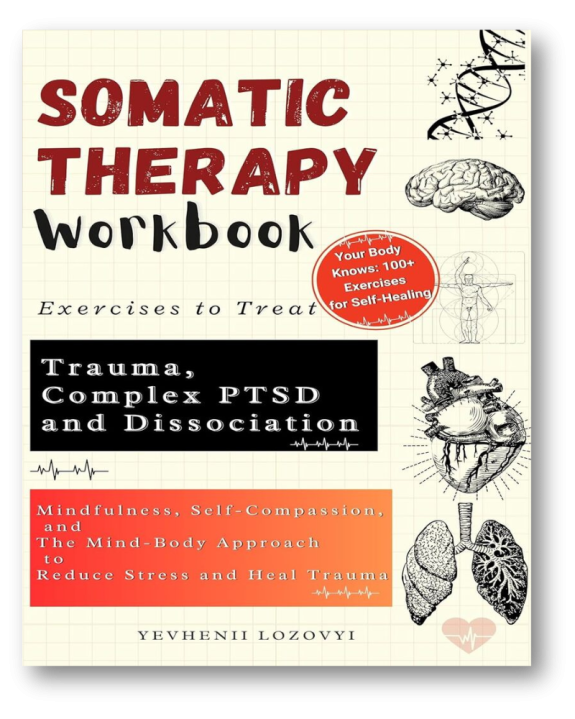
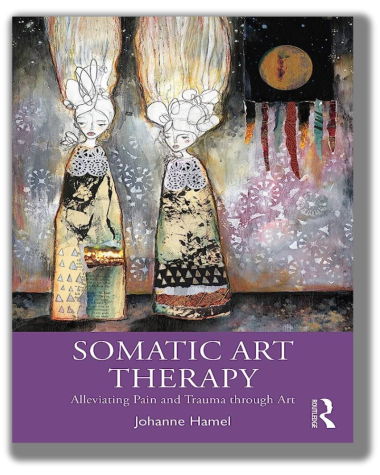
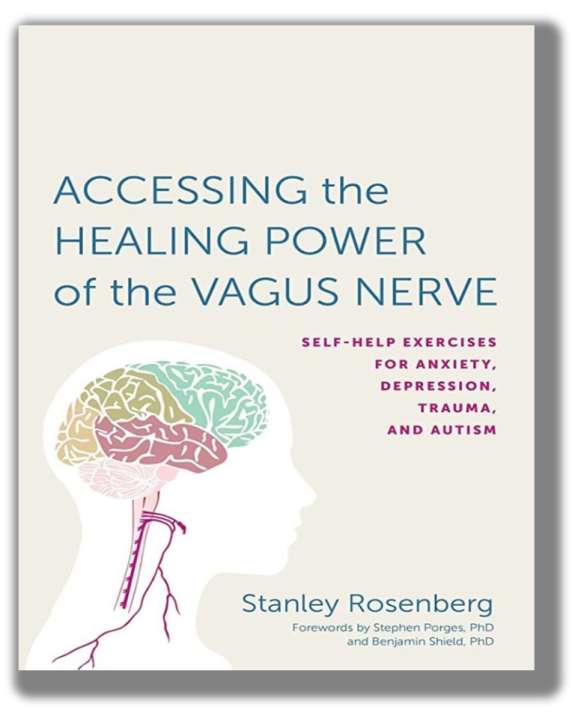

I thought this book was great when I first read it, until I tried neurofeedback years later. It was a huge mistake. You should do neurofeedback if you want your brain permanently and irreversibly damaged. I feel the same way about EMDR, which I have also tried. I am not the same… only 33 and ruined my life with both of these modalities. If a therapist claims that either of these therapies would benefit anyone, RUN. FAST.
Läs om du jobbar inom psykiatrin, LSS, älskar Dr Bessel van der Kolks böcker, eller har cptsd el liknande
I bought this book based on having read “The Body Keeps the Score,” which mentioned Sebern Fisher’s work. I suffer from childhood developmental trauma and decided to get this as an intro to neurofeedback. I’m SO glad I did. It is an excellent guide that is written both for professionals who want to learn how to train patients, and for those of us who want to explore a new therapy option. I have hit a wall with talk therapy and neurofeedback seemed like something I was interested in exploring.
Sebern thoroughly explains the process and the problems involved with treating developmental trauma disorders experienced in childhood. She takes an honest approach that basically says that neurofeedback is not a magic bullet, but proves that it is an exceptional way to treat those of us with these issues. It provides a lot of promise and proven results that she exhibits in the book. No doubt she has changed many lives, mine included. Because of this book I have made an appointment to begin my own neurofeedback therapy.
If you are at all interested in a new form of therapy and have considered neurofeedack as an approach, I highly recommend this book to make your decision.
As I read THE BODY KEEPS THE SCORE about developmental trauma, in other words childhoods where there is a never ending trauma of corporal and emotional abuse, I had to laugh. It referenced Sebern Fisher in Northampton MA, the town I’d moved to.
Must be karma. Anyhow, found an acolyte of Fisher’s who does neurofeedback and tween that and a bunch of other therapies have transitioned from the hell of childhood trauma to the reality of my life.
Be care who you choose for neurofeedback as there are a reported number of poor practioneers.
Dr. Fisher is a pioneer in the field of neurofeedback for trauma. Don’t let the technical details in the earlier chapters overwhelm you. Hang in there and it’s WELL worth the read. Also, this technology is evolving fast & has SO much potential. Sure wish I’d known about it sooner.